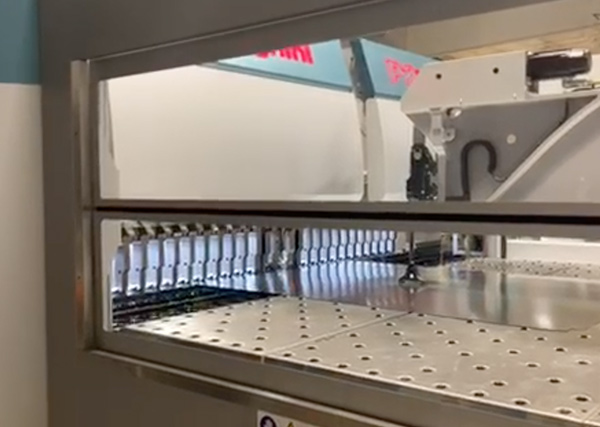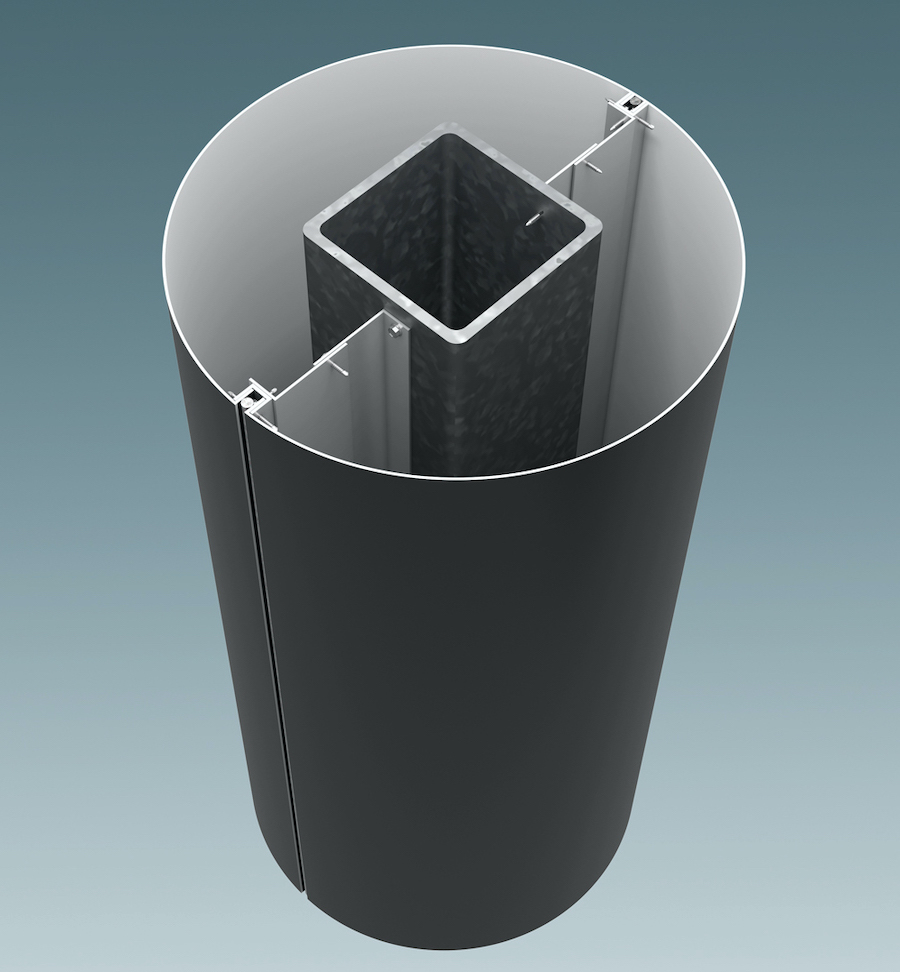3 Facts About Architectural Metal Cladding

Architectural Metal Cladding, particularly in the form of MCM Panels, was initially conceptualized for application on towering structures, predominantly high-rise buildings. Designers involved in the construction of manufacturing facilities and office buildings frequently opt for the inclusion of architectural metal cladding, not just for its protective attributes but also to infuse a distinctive aesthetic appeal into new structures. Presently, metal cladding, encompassing metal siding and metal roofing, stands as a visually pleasing enhancement suitable for a broad spectrum of architectural designs. If you possess experience with buildings featuring metal cladding or are currently engaged in such a project, you likely recognize the advantageous qualities of this material. However, for those less familiar with metal cladding, here are three lesser-known facts about Architectural Metal Cladding that merit attention.
Diverse Design Options
The fundamental purpose of exterior siding lies in shielding a building from moisture-induced damage. In the case of large structures, an additional crucial requirement for siding panels is the capability to move and flex in response to the building's sway induced by the wind. Architectural metal cladding adeptly fulfills both protection and flexibility needs. Metal, being more pliable than alternatives such as vinyl and wood, is a preferred choice for architectural cladding panels. Components of metal roofs and walls can be crimped, bent, and twisted to meet the most intricate building specifications, showcasing resilience even in challenging climates.
Energy Efficiency Advantages
Beyond its role in reducing construction and maintenance expenses, architectural metal cladding plays a pivotal role in lowering energy costs. Evolving regulations at federal, state, and local levels now mandate commercial building roofs to incorporate solar reflectivity, a measure aimed at diminishing energy consumption and reducing reliance on air conditioning. This, in turn, contributes to a substantial reduction in overall energy costs.
Environmental Sustainability – Going Green
With the growing emphasis on environmentally conscious construction practices, architectural metal cladding emerges as a responsible choice for both commercial and residential structures. The metal utilized in architectural cladding typically consists of recycled materials and maintains its 100% recyclability at the end of its lifespan. This characteristic ensures that the product can be continually recycled and repurposed for future projects, aligning with sustainable and green building initiatives.
Aesthetic Versatility
Architectural metal cladding, ranging from artistic to utilitarian in appearance, seamlessly complements other construction materials. Its versatile application allows for creative integration into diverse architectural designs, ensuring an aesthetically pleasing outcome when combined with various materials. This adaptability further underscores the multifaceted nature of architectural metal cladding, making it an attractive option for architects and builders alike.





.png)
